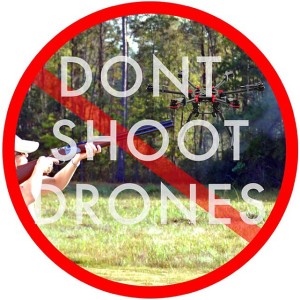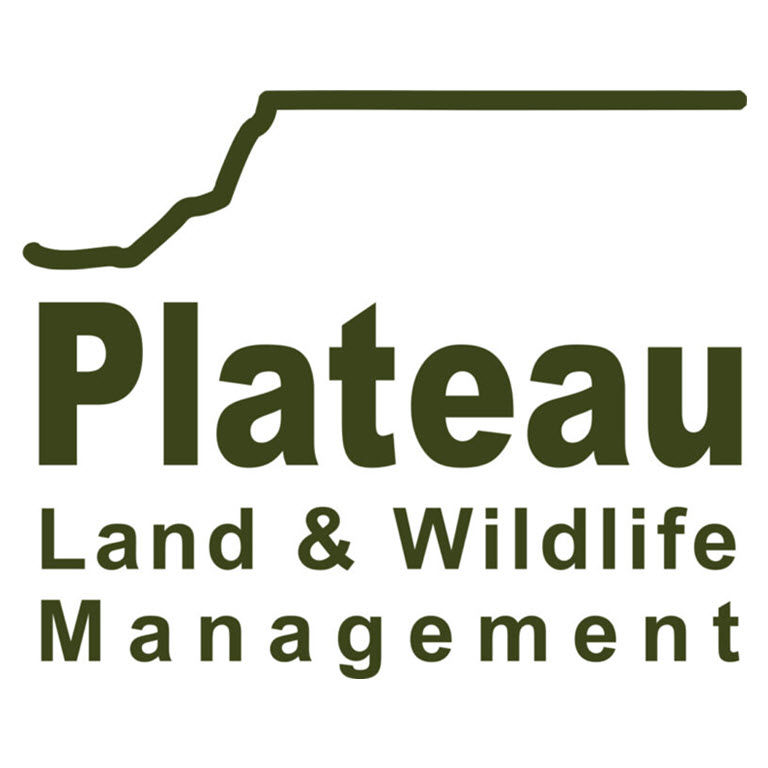Drones are a hot topic in many circles, including the agricultural industry. However, as often happens, the law has fallen behind the technology leading many people to question (or incorrectly assume they understand) how private property rights and the use of commercial drones will co-exist. This blog series will focus on the law potentially applicable in situations where drones fly over the property of another without permission.
Today, we will focus on two potential common law claims, trespass and nuisance. The second post will focus on the Texas Use of Unmanned Aircraft statute, which addresses the use of drones in Texas.
Shooting ‘Em Down
“If a drone is flying over my property, it is trespassing and I can shoot it down.” I’ve heard this statement made several times over the last few months, and it makes me cringe. First, as will be discussed in detail below, a drone flying over one’s property may not, in fact, be trespassing. Likewise, as we will discuss in Part II of this series, there are a number of drone uses that are permitted by law in Texas. Second, additional legal concerns may exist in situations where a person shoots down a drone. Because drones used for commercial purposes will soon be governed by the FAA (to read a blog post on the proposed regulations, click here), shooting down a drone could be seen as be akin to shooting down an airplane, as both are governed by the FAA, and could result in serious consequences, including terrorism charges. Another potential claim that could be brought by a drone owner is destruction of private property. A lawsuit has been filed by a drone operator whose drone was shot down in Kentucky, seeking a ruling that drones flying in public airspace may not be shot down and compensation when they are shot. [Read article here.] Also, keep in mind that various laws regarding shooting firearms could apply. For example, it may be illegal to discharge a firearm in a person’s back yard if he or she lives in an urban area. Finally, criminal charges have been filed in drone shooting incidents in several states.
In light of this, shooting down a drone over one’s property is not advised! And for those of you raised in the country like I was who are secretly thinking of the “3 S Rule” (shoot, shovel, and shut up), remember that many drones have cameras recording and transmitting data to a cloud somewhere. The likelihood off the shooter’s face and the end of a gun barrel being captured on film could be quite high.

Now that we’ve ruled out the idea of shooting down drones, let’s consider what common law claims could exist for drones flying over one’s property.
Trespass
When most people think of a drone flying over their property, they immediately think that a trespass claim would apply. The law, however, is extremely fact-specific on this issue. Successfully proving a trespass claim against a drone operator may be quite difficult absent extraordinary circumstances.
A successful trespass claim in Texas requires proof of three elements: (1) entry; (2) onto the property of another; (3) without the owner’s consent or authorization. The key question for drone flights is whether such flights cause entry onto the property of another. At common law, the maxim cajus est solum ejus est usque ad coelum applied and meant that he who owns the soil owns up to the heavens. Not surprisingly, with the advent of airplanes and modern air travel, this maxim no longer applies in full force.
This issue was addressed by the United States Supreme Court in the 1946 case of United States v. Causby. In that case, the Court explained the current state of the law regarding airspace trespass:
It is an ancient doctrine that at common law ownership of the land extended to the periphery of the universe. But that doctrine has no place in the modern world. The air is a public highway, as Congress has declared. Were that not true, every transcontinental flight would subject the operator to countless trespass suits. Common sense revolts at the idea. To recognize such private claims to the airspace would clog these highways, seriously interfere with their control and development in the public interest, and transfer into private ownership that to which only the public has a claim.
The Court did not, however, rule that an aircraft could never trespass on another’s property, as it went on to state:
We have said that the airspace is a public highway. Yet it is obvious that if the landowner is to have full enjoyment of the land, he must have exclusive control over the immediate reaches of the enveloping atmosphere. Otherwise buildings could not be erected, trees could not be planted, and even fences could not be run….The landowner owns at least as much of the pace above the ground as he can occupy or use in connection with the land.”
As these passages illustrate, the United States Supreme Court did not set a magic height above which aircraft may travel and below which trespass would occur. The Court’s ruling has been synthesized in the Restatement (Second) of Torts Section 159(2), which has been relied upon by Texas appellate courts. The Restatement provides:
Fight by aircraft in the air space above the land of another is trespass, but only if, (a) it enters into the immediate reaches of the air space next to the land; and (b) it interferes substantially with the other’s use and enjoyment of his land.
The height at which an aircraft enters into the “immediate reaches” has not been clarified. The Restatement opines that flights of over 500′ are likely not within the immediate reaches, while flights of less than 50′ likely are within the immediate reaches such that a trespass action could succeed, and flights of 150′ depend on the circumstances. As the Texas Court of Appeals (14th – Houston) has explained, “most intrusions by aircraft through the atmosphere above land are privileged and do not constitute a trespass.
No Texas appellate courts have addressed this law in the context of drones. One Texas case addressing this issue with regards to a helicopter is Beavers v. Gaylord Broadcasting Co. There, a news helicopter hovered about 400′ above a suspect’s home for about 10 minutes. The suspect’s trespass claim failed when the court held that “a single ten-minute hover over her property at 300 to 400 feet does not, as a matter of law, rise to the level of substantial interference with the use and enjoyment of the underlying land.” Again, the precise height at which public airspace ends and private property begins is simply a grey area.
Nuisance
A second common claim brought by property owners is that of nuisance. Under Texas law, nuisance is defined as the substantial impairment of one’s use and enjoyment of his or her own property. Were a drone flying overhead–even if the drone was in the public air space. For example, if a drone consistently flew over a person’s property and upset his or her livestock, or disrupted that person’s sleep because of the noise, a nuisance conceivably could occur. The interference, however, must rise to the level of substantial impairment of use based on the sensibilities of a ordinary person. Thus, if a person were to claim nuisance based on noise made by a drone, the noise would have to be enough to substantially impair the use of property by an ordinary person.
Invasion of Privacy
Texas recognizes three types of invasion of privacy,two of which could potentially apply to drones.
Intrusion on Seclusion is a cause of action requiring proof of the following elements: (1) intentional intrusion; (2) upon the solitude or private affairs of another; (3) which is highly offensive to a reasonable person; and (4) which is unjustified, unreasonable, or unwarranted. It is conceivable that under the right circumstances, a drone flying over one’s property could potentially meet these elements if it was capturing images of a highly offensive nature. Normally, however, a drone flying over one’s property would likely not likely capture such images and this type of claim would be unavailable.
Public Disclosure of Private Facts occurs when a defendant (1) publicizes information about a plaintiff’s private life; (2) such publicity would be highly offensive to a reasonable person; (3) the matter is not of legitimate public concern; and (4) injury results from disclosure. Again, it is conceivable that someone could capture certain images with a drone that might fall within this category, but this type of situation would certainly not apply to most drone flights over private property.
Take Away Points
- Shooting down a drone flying over a person’s property is not a good idea. It could open the landowner up to a host of legal claims and potential criminal charges.
- Just because a drone is flying over another’s property does not mean that the drone is trespassing. Only if the Restatement factors–entry into the immediate reaches of the airspace and substantial interference with use and enjoyment of the land–are met will a person be able to recover under a trespass lawsuit.
- A nuisance claim may be available to a person dealing with drone flights over their property, but only if the required substantial impairment of use of the property occurs.
- Drone owners should understand that while generally flying over another’s property is permitted, there are situations where doing so could violate the common law and subject the drone operator to civil liability. This is particularly true if the drone flight is low over the property, interferes with the person’s activities on the property, or captures sensitive, private images.


















